Art and Artists
Beautiful Mosaic Damascus Steel
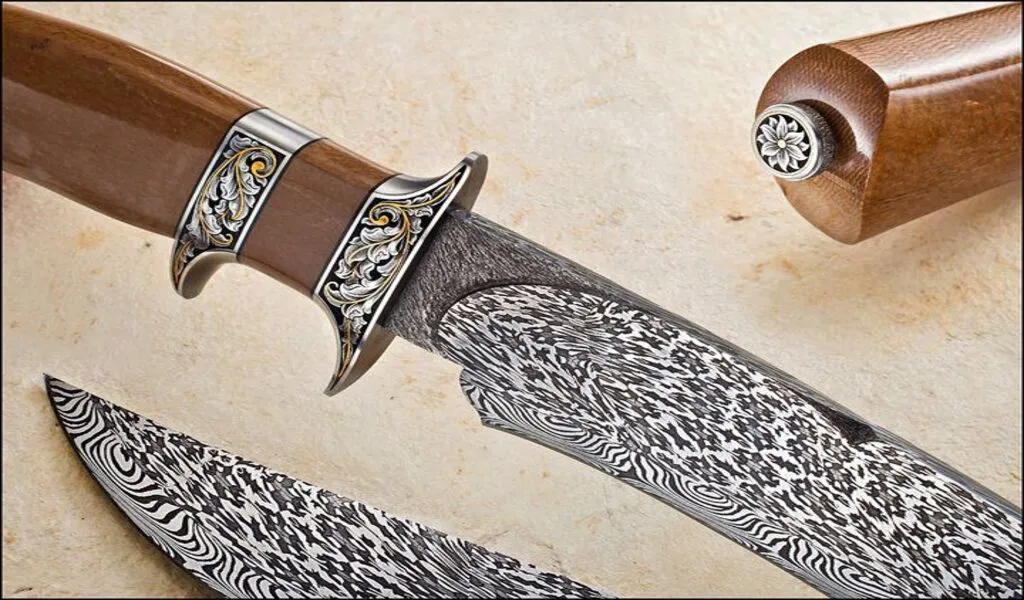
Truly impressive steel
Making Damascus steel is akin to art. And as you know, in any work there are mediocre creators, and real geniuses, whose works delight and make you admire.
It is such masters of the highest class who create bizarre patterns, intricate lines, ornate cobwebs and other delightful ornaments of a wide variety of shades.
Take, for example, mosaic Damascus. Its secret is in a special cross-section, which is created by deliberately deforming the forging with displacement, in order to get the effect of patterns in the workpiece.
This mass can be melted and mixed repeatedly, so that the steel pattern turns out to be unique.
The pattern of the steel pattern can be diverse, depending on the position in which the heterogeneous elements are located in the cross section.
Add fire!
Despite the fact that many knifemakers have a special style of making Damascus blade, the blacksmith Chris Marks found a special approach to it.
Despite the fact that Marx himself is not engaged in the manufacture of knives, his 30-year experience is trusted by such knifemakers as Ralph Turnbull and William Henry Studio, a well-known knife manufacturer.
“Daryl Mayer was the person who suggested that I develop my own original production methods,” recalls Mark.
The master says that his Damascus steel is the result of a long experiment, in which the blacksmith invested a little chemistry, added a little metallurgy, and, of course, a lot of research and development.
For example, especially for the knifemaker Steven Skiff, Mark made a special drawing of steel called “Eternal Flame” (Eternal Flame).
The blacksmith says that the process of making this steel was very long and laborious, the steel was made within a few days.
The flat plates were carefully processed and laid in four layers. The steel itself consists of an alloy of nickel, tool steel and pure iron from Germany.
In addition to intricate shapes and patterns, steel from Mark is famous for its unusual variety of shades. A skilled blacksmith knows perfectly well at what temperature the steel gets this or that color.
Chris says that every steel can get a blue shade. But before that, it passes through the entire spectrum of colors – yellow, golden, cobalt blue under the influence of different temperatures and depending on the composition of the alloy.
So, for example, steel with a high nickel or chromium content in its composition does not even become the color of cobalt blue at temperatures below 600 degrees Fahrenheit, while homogeneous steel made of iron already turns red at the same temperature.
However, if the temperature starts to exceed 600 degrees Fahrenheit, then one steel of an amazing cobalt blue color will turn into a disgusting pale blue, gray or even black.
Steel from a different alloy, on the contrary, will acquire only a beautiful golden hue. Steel with a high nickel or chromium content will always be lighter than the rest, because their melting point is higher.
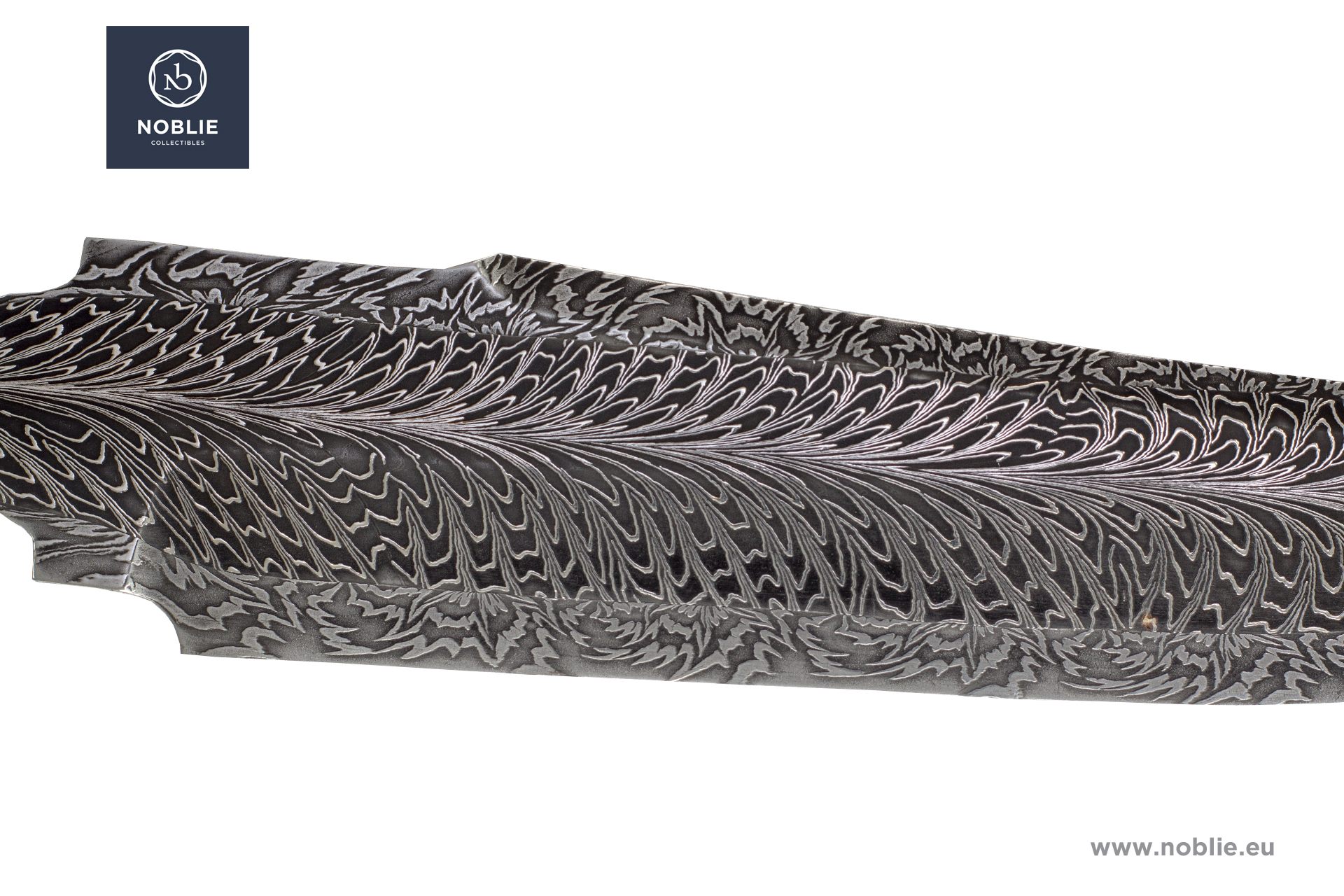
A look from the side
Master blacksmith Rick Dunkerley is another excellent manufacturer of mosaic damask. Like the other heroes of this article, he acquired knowledge from manufacturers who were happy to share their experience.
“I started making custom damascus knives in the early 90s,” Dunkerley recalls. “I studied with Don Fogg and Steve Schwarzer, but since then I have grown significantly in this regard.”
He demonstrated the process of making a mosaic pattern that looks like leaves of clover in dark shades.
“At first I wanted to give this steel a pattern that is often used for rivets on the handles of custom knives. But then I decided that I would do something more interesting.”
The production of this Damascus steel began with Rick taking a four-inch square hollow bar, inserting a round tube inside it, and another smaller square one inside the latter.
So he got a rhombus inside the circle. In conclusion, he put four thin rods of ball-bearing steel inside the “small square” – and thus got four points formed inside it.
After that, he began to fill the voids that had formed. In the two corners between the large square and the circle, he inserted flat bars of 1080 steel, which eventually formed radial lines to the center of the composition.
Then he filled the remaining cavities with powder steel to get silver and black shades where he wanted.
“In general, the silvery shades in this steel are powder steel,” Dunkerley said. “This steel is 4600E, contains nickel, so it gets such a shade.”
When the composition was completed, Dunkerley carefully placed it in the oven at a temperature of 2300 Fahrenheit and began to forge.
“I slowly forged it from all four sides, maintaining the shape of a square. Then I sawed the resulting block into 4 parts and made a new square out of them.”
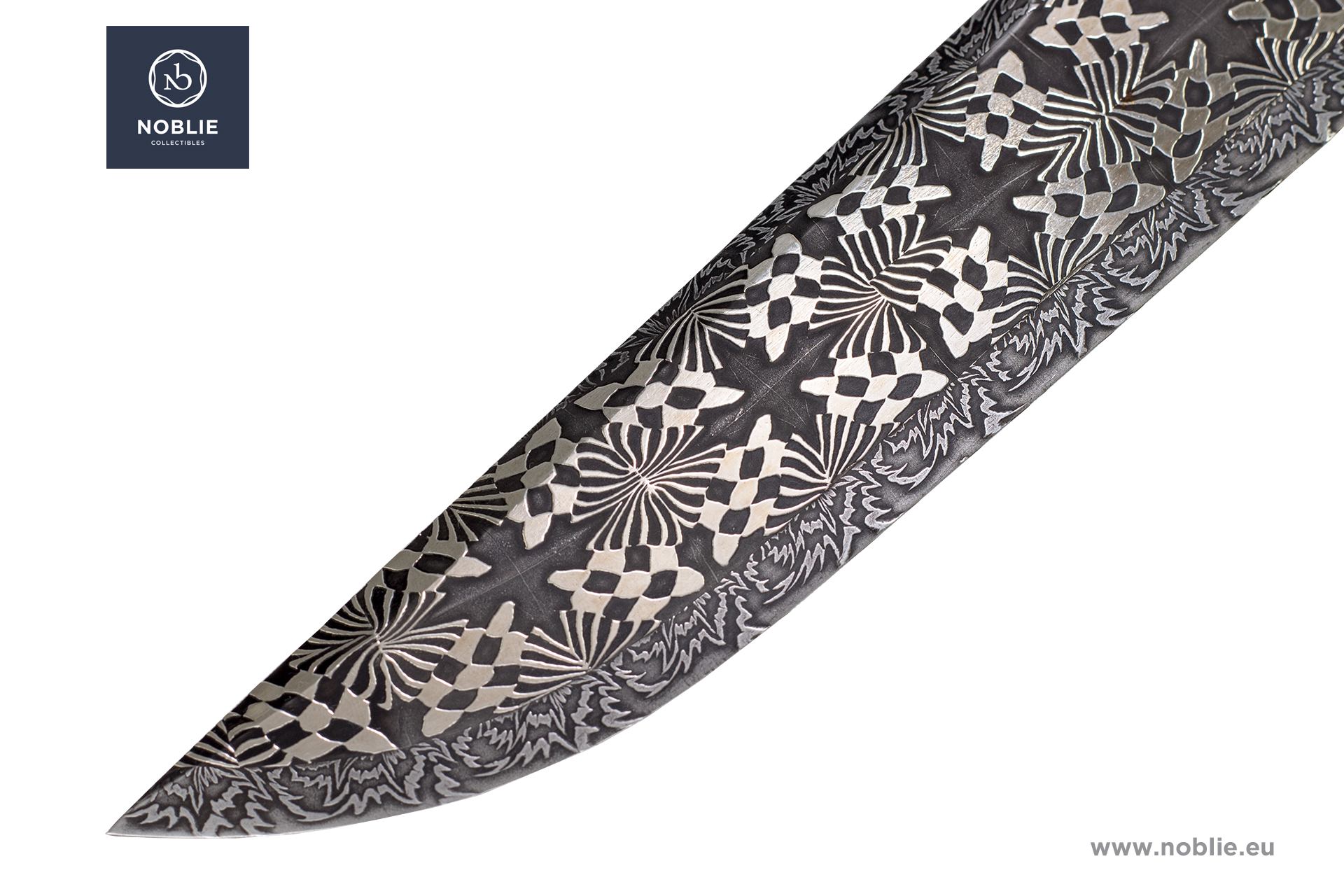
Mosaic in abstraction
As the master blacksmith Graham Fredin explains, there are two schools of mosaic Damascus steel production.
What Fredin himself produces, he calls “abstract” Damascus – because he does not pay attention to any specific drawings or figures.
At the same time, this approach sometimes brings unexpected results that get their names.
So, Fredin created a palette that he called “Burning Rose” — the central part of the drawing resembles a flower, while its surroundings have the features of a flame.
“It’s all about layers,” says Fredin. “Mosaic Damascus is even more difficult because it requires more layers and accuracy.
The angle of forging also plays a huge role.” According to the master, the technique of using layers allows you to create an incredible variety of different drawings.
For example, “Burning Rose” is a variation of the “W” pattern, with an offset at an angle of 45 degrees and with addition in four different directions.
“I already had the blanks for the layers,” recalls the master. “I folded them, started forging them – so that they lay vertically. Under the hydraulic press, this whole pattern acquires the effect of convexity.
In the section, as a result, the workpiece has a number of C-shaped waves. Put them together correctly and you get a “W”.
In order to continue the drawing further, fold the “W” and achieve the rose effect.”
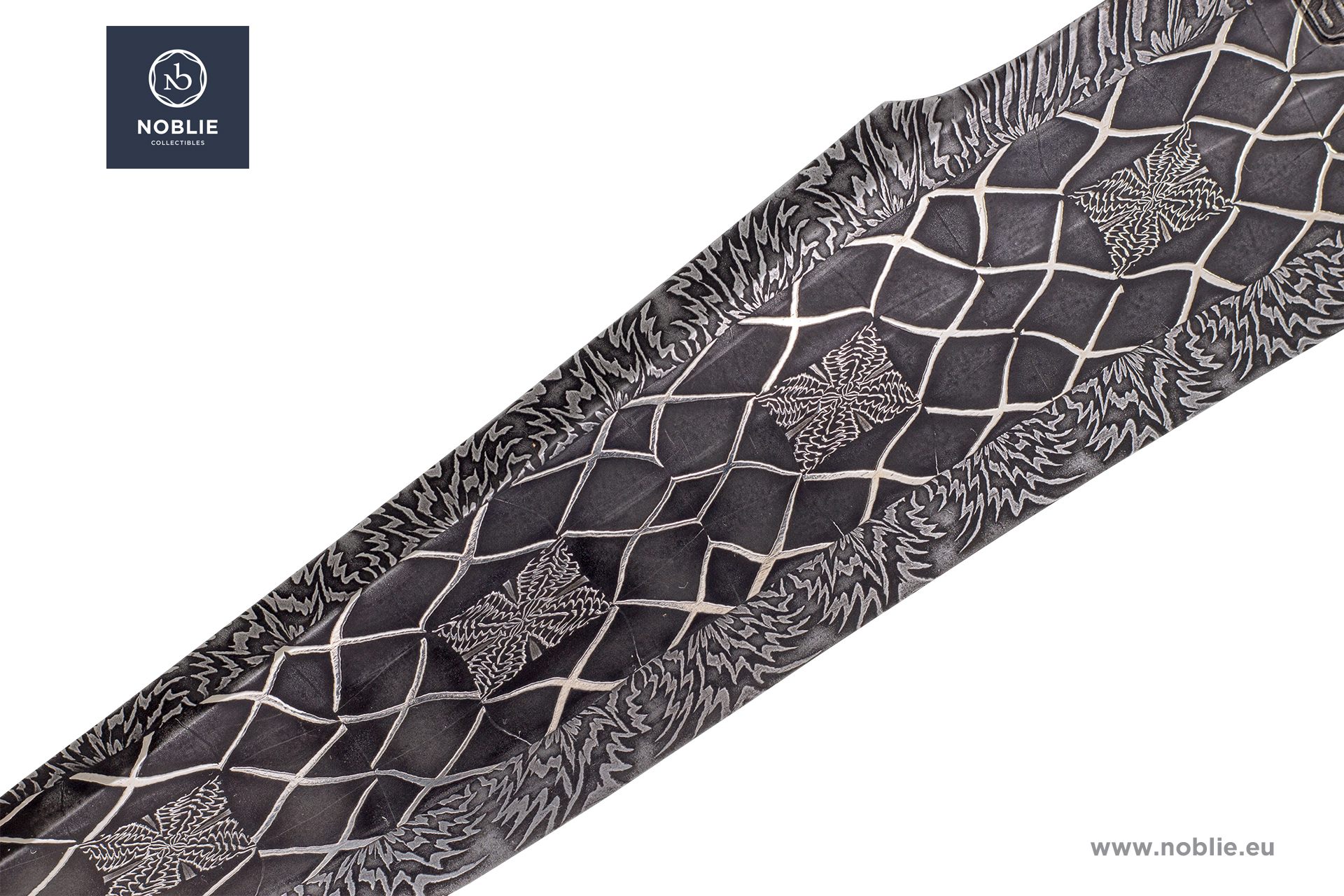
There is no “right Damascus”
Many manufacturers agree on one thing — there are no narrow rules to make mosaic Damascus. All of them recommend first of all to give free rein to your imagination and work hard.
Related CTN News:
Marko Stout A Current Warhol Of Pop Art

Art and Artists
Artist Anna Chekh Showcases “Diversity of Shadow Man” at Icon Siam

International contemporary artist Anna Chekh presents “Diversity of Shadow Man.” The artist showcases her trendy 3D art objects, a large Shadow Man sculpture, digital art, art prints, and innovative 3D pictures at the ArtVentureNFT gallery (1st floor, Icon Siam).
Step into the captivating world of “Shadow Man” by international contemporary artist Anna Chekh, where her iconic art character unveils the rich tapestry of her artistic vision. This enigmatic figure symbolizes curiosity and exploration of the world while steadfastly guarding his private life and values, embodying a faceless hero for the public. Shadow Man reflects the spirit of our generation, resonating with profound insights and captivating storytelling.

The exhibition features a collection of unique art objects from Chekh’s acclaimed ‘Shadow Man’ series, previously showcased at prestigious international venues including DIFC Art Nights in Dubai and the Victoria & Albert Museum in London. Soon, this compelling collection will be presented in Miami, New York, and Venice.

Alongside the ‘Shadow Man’ series, Anna Chekh presents a captivating selection of paintings, art prints, and digital artworks. Delve into the symbolic narrative crafted by Chekh, blending neo-symbolism with surrealistic elements to offer a profound visual journey into the human psyche and societal themes.
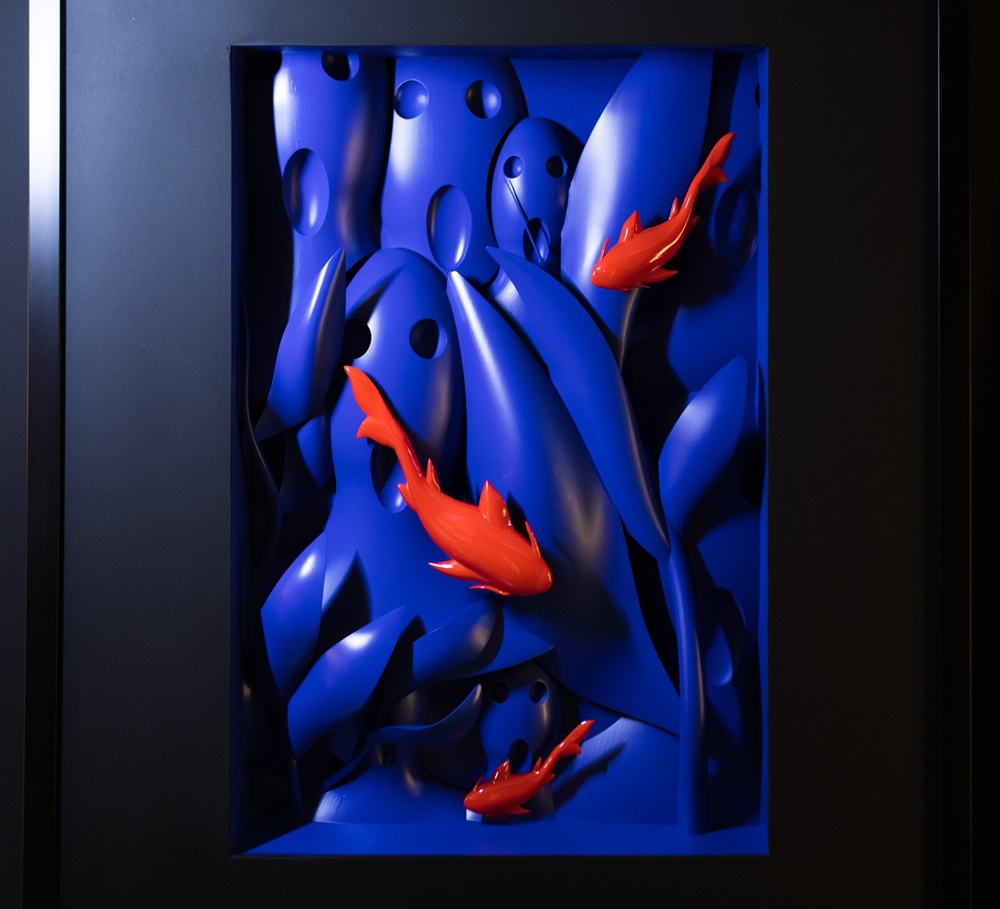
As a multidisciplinary artist, Anna Chekh extends her creative vision across various mediums, from traditional canvases and sculptures to cutting-edge NFTs, interactive installations, and innovative web 3.0 projects.
Her artworks, celebrated for their depth and innovation, have been showcased at esteemed venues worldwide from New York and Tokyo to Bangkok and Dubai, including the Carrousel du Louvre in Paris.
Anna has received numerous prestigious awards, including Best Innovative NFT 2024 and Best Phygital NFT 2023 (Dubai, Burj Khalifa).
People Also Reading:
ART Chiang Rai Exhibition June 1st Showcasing: The Best of Watercolors
ART Chiang Rai Exhibition June 1st Showcasing: The Best of Watercolors
Art and Artists
The Enduring Appeal of Custom Vinyl Stickers: Creativity on a Stick
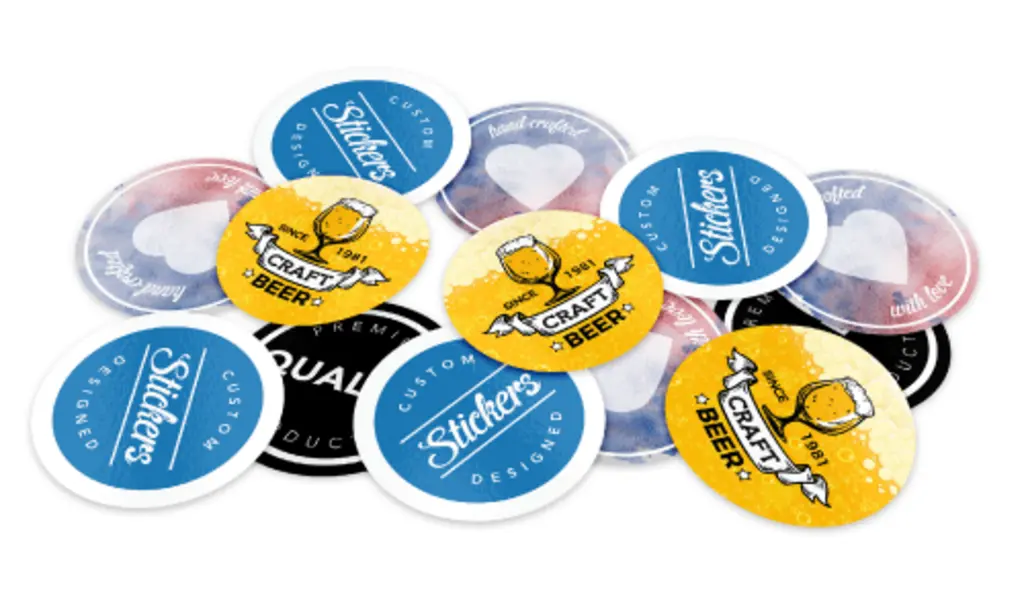
In a digital age where personal and business branding evolves at lightning speed, one tactile marketing tool has remained as relevant and effective as ever: custom vinyl stickers. Versatile, durable, and colorful, these stickers offer an impactful way to convey messages, demonstrate personality, and even enhance brand visibility. This detailed exploration of custom vinyl stickers will reveal why they continue to be a preferred choice for both individuals and businesses, detailing their uses, benefits, and creative possibilities.
The Allure of Vinyl Stickers
Vinyl stickers aren’t just popular; they are a phenomenon in their own right. Their robustness and aesthetic appeal make them ideal for a wide range of applications, from car decals to storefront decorations. Here’s why they stand out:
Durability: Vinyl is a strong, flexible material resistant to environmental factors like UV rays and moisture. This makes vinyl stickers perfect for both indoor and outdoor use, as they don’t fade quickly or peel off easily.
Quality: The quality of printing on vinyl is generally higher than on other materials. Colors appear brighter and more vibrant, which is crucial for capturing attention and conveying specific styles or brands.
Customization: The adaptability of vinyl allows for a myriad of customization options in size, shape, color, and finish. Whether you need a glossy finish to catch the light or a matte finish to reduce glare, vinyl stickers can be tailored to meet specific requirements.
Uses of Custom Vinyl Stickers
The uses of custom vinyl stickers are as varied as they are imaginative. Here are some of the most popular applications:
Personal Use:
- Vehicle Decals: Custom vinyl stickers are often used to decorate cars, motorcycles, and bicycles, allowing enthusiasts to showcase their unique style or membership in clubs and communities.
- Home Decor: Vinyl stickers can be applied to walls, furniture, and appliances, making them an easy way to revitalize a space without permanent changes.
- Personal Belongings: Laptops, phone cases, and water bottles are commonly adorned with vinyl stickers to personalize everyday items.
Business Use:
- Branding: Businesses use custom vinyl stickers as a cost-effective branding tool. Placing logo stickers on products, packaging, and even at physical locations enhances brand visibility.
- Promotions: Companies often give away vinyl stickers as part of promotional campaigns. Because they are seen as a value-added item, stickers can improve customer satisfaction and retention.
- Wayfinding: Vinyl stickers are excellent for directional purposes within businesses, helping guide customers and creating a more organized space.
The Design Process: From Concept to Completion
Creating custom vinyl stickers is an art form that involves several steps to ensure the final product perfectly captures the intended aesthetic and functional needs.
Designing the Artwork: The first step involves designing the artwork. This can be done using graphic design software like Adobe Illustrator or Photoshop. The design must consider the intended size of the sticker to ensure that details are not lost in translation from screen to print.
Choosing the Right Vinyl: There are different types of vinyl, each suitable for different conditions. For instance, cast vinyl is better for outdoor use due to its ability to withstand harsher conditions, whereas calendared vinyl might be sufficient for indoor use.
Printing and Cutting: Once the design is finalized, it’s printed using high-quality digital printers. After printing, the stickers are cut into the desired shape. Precision cutting is essential, especially for complex designs or shapes.
Quality Control: Before the stickers are packaged and sent out, they undergo quality control checks to ensure that every sticker meets the set standards of durability, color accuracy, and adhesion.
Creative Ideas for Vinyl Sticker Designs
Seasonal Themes: Capitalize on holiday seasons by creating themed stickers that can be used as part of promotional packages or as seasonal decorations.
Inspirational Quotes: Stickers with motivational quotes are perennial favorites. They can serve as personal reminders or inspirational gifts for others.
Artistic Collaborations: Collaborating with artists to create limited-edition sticker designs can add an exclusivity factor that appeals to collectors and enthusiasts.
Eco-Friendly Messages: With increasing awareness of environmental issues, stickers promoting eco-friendly practices or green branding can resonate well with a conscientious audience.
Conclusion
The charm of custom vinyl stickers lies in their simplicity and the profound impact they can have. Whether used to inject a bit of fun into personal items, add a professional touch to business products, or anything in between, vinyl stickers are an excellent choice for those looking to make a statement in a durable, customizable, and cost-effective way. As they continue to stick around in various forms, it’s clear that when it comes to making a mark, few options are as enduring—and adhesive—as vinyl stickers.
Art and Artists
Exploring Cloud Imagery and Cultural Expression: An Interview with Huaqi Liu

Today, we have the pleasure of interviewing Huaqi Liu, a talented artist whose journey into the world of painting began at the age of 16. Over the years, Liu has explored various artistic styles, beginning with traditional Chinese painting. As he delved deeper into his craft, his journey led him to evolve his artistic expression, and Liu’s passion for painting endured and flourished. This evolution has been marked by a natural progression, driven by his inner creative spark and ongoing exploration of different artistic mediums and techniques.

Q: Could you discuss some of the awards and recognition you’ve received in recent years, such as the Mayoral Certificate of Recognition from the City of Baltimore in 2022?
Huaqi Liu: The Mayoral Certificate of Recognition was my project where I taught children to draw and handled technical aspects like video tech. We connected children from Baltimore and Korea through artwork exchanges, culminating in an exhibition of the children’s art.
Q: In 2023, you gave a lecture titled “Clouds and Chinese Destiny” at the GFA department of the Maryland Institute College of Art. What was the focus of this lecture?
Huaqi Liu: I was invited by a friend who teaches at MICA. I shared my experiences from struggling to integrate into the American environment during my undergraduate studies to eventually applying for exhibitions. During the interactive session, students were interested in my projects, which led to discussions about my artwork. I shared the story about why I chose clouds as my subject, and what’s the meaning in Chinese traditional aesthetic.
Q: What style or genre of painting are you currently studying or practicing, and how would you define your own style?
Huaqi Liu: I don’t confine myself to a particular genre. Six years ago, I might have called myself an abstract artist, but now I feel it’s unnecessary to frame myself in that way.
Q: Who are some of your favorite and least favorite artists, and why?
Huaqi Liu: My top favorite artist is René Magritte because of his journey from wealth to poverty and his determination to pursue art with just a pen. I admire his innovation, especially his use of light strokes. Monet’s use of color and brushstrokes also influences my work, capturing the atmosphere and romanticism that I seek. I’m not fond of art that depicts violence or explicit sexuality as I find these themes aesthetically tiresome. I prefer art that allows for interpretation and symbolism, fostering a connection between the artist and the viewer.
Q: You have numerous publications, such as the academic paper “Cloud-infused artistry: unraveling the enigmatic bond between destiny and oil painting” in 2024. Could you share the significance of these awards and publications, along with the stories behind them?
Huaqi Liu: “Cloud-infused artistry” is an academic paper I wrote at the end of 2023, published in the CPCI journal. It provides a detailed explanation of my artwork, including my techniques using clouds and colors, and explores contemporary artists’ interest in clouds. For instance, there’s a contemporary artist who visualizes weather patterns with computer-generated lines, reflecting my own interest in clouds and their connection to human fate.
Q: How do you understand the role of this art form in society, and what value does it bring to you in terms of joy or fulfillment?
Huaqi Liu: Painting is a form of emotional output for me. It’s a sanctuary in the chaos of life, allowing me to express myself authentically. Though it can be stressful, I find solace in the process. Through my art, I aim to showcase my cultural contributions as an immigrant in America and my appreciation for multiculturalism. I hope when people see my work, they can resonate with me, that’s my goal.
-

 News3 years ago
News3 years agoLet’s Know About Ultra High Net Worth Individual
-
Entertainment2 years ago
Mabelle Prior: The Voice of Hope, Resilience, and Diversity Inspiring Generations
-

 Health3 years ago
Health3 years agoHow Much Ivermectin Should You Take?
-

 Tech2 years ago
Tech2 years agoTop Forex Brokers of 2023: Reviews and Analysis for Successful Trading
-

 Lifestyles3 years ago
Lifestyles3 years agoAries Soulmate Signs
-

 Movies2 years ago
Movies2 years agoWhat Should I Do If Disney Plus Keeps Logging Me Out of TV?
-

 Health3 years ago
Health3 years agoCan I Buy Ivermectin Without A Prescription in the USA?
-

 Learning2 years ago
Learning2 years agoVirtual Numbers: What Are They For?